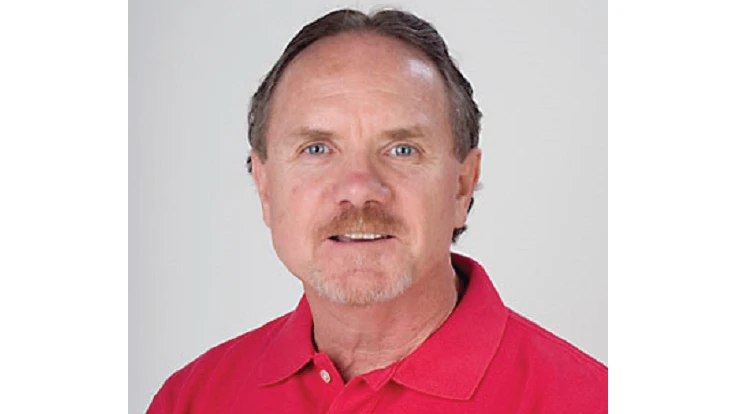
|
|
Just about all of my clients and all market segments are seeing growth that they haven’t seen since 2007. It looks like the recent recession is finally subsiding. It’s understandable that you and your team are a bit burned out but it’s imperative that you finish on a good note. Here are a few reasons why. The break-even point (BEP).Around September is when a company usually hits its BEP. This means you’ve accumulated enough gross profit margin dollars to equal your general and administrative (G&A) overhead costs for the year. Once you’ve reached your BEP, any amount you bill above your direct costs (field labor, labor burden, materials, subcontractors, field trucks and equipment) goes right to your bottom line (net profit margin). Let me give you an example. A full-service landscape company has a $1 million sales budget for 2015. It’s budgeted G&A overhead costs for the year total $250,000 (25 percent). Its average GPM (sales minus direct costs) is 35 percent. To calculate this company’s BEP, you divide its G&A overhead costs by its average GPM.
The fourth quarter press.Here’s what exceeding your budget can do for your bottom line. Our example company has a budgeted net profit margin of 10 percent or $100,000. It’s such a banner year, that if the owner and staff maintain their focus and really press to the end of the fourth quarter, it’s possible they could achieve from $1.1 million-$1.2 million in sales. Because the company GPM averages 35 percent and because it has reached its BEP, an extra $100,000 in revenue adds $35,000 to its bottom line. In other words, because all of this company’s G&A overhead is paid for, the GPM now becomes the net profit margin.
This company could almost double its projected net profit margin with an additional $200,000 in sales. Formatting the profit and loss (P&L) statement.It is very important that you format your P&L statement properly. If you do, you can easily track accumulated GPM for the year. This will allow you to identify your BEP amount and when you achieve it. If sales are more than $500,000 for the year, I recommend you do this for each of your divisions (installation, maintenance, snow and ice, etc.). Here’s how it should look.
The finish line.These last three months of the year are the most important ones of all. Once you hit your BEP and sales goal for the year, you add two to three times the amount of net profit margin for every additional revenue dollar that you bill. Then you can take some well-deserved time off.
|

Explore the September 2015 Issue
Check out more from this issue and find your next story to read.






